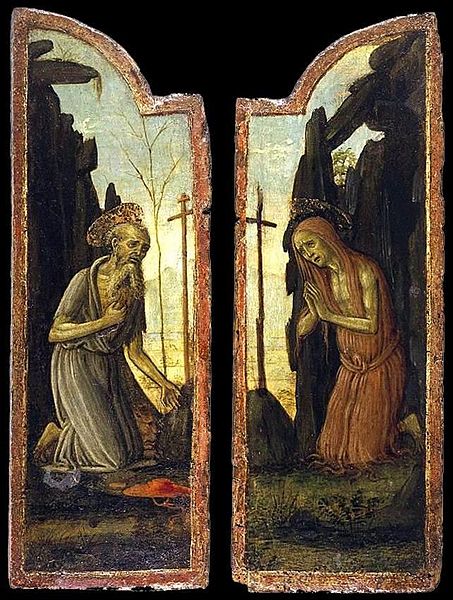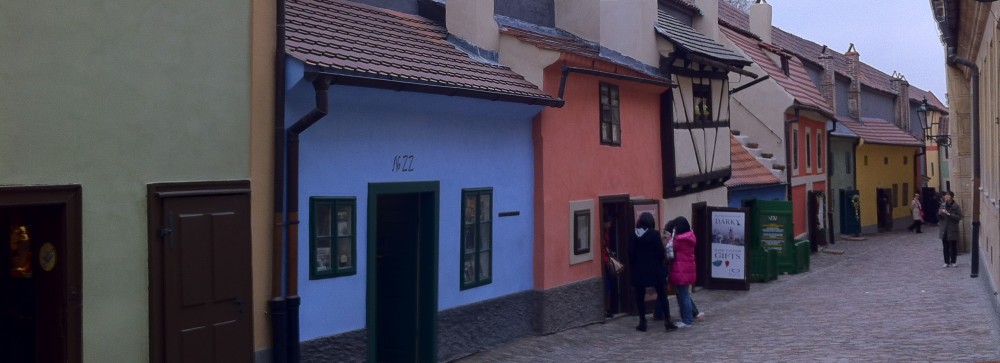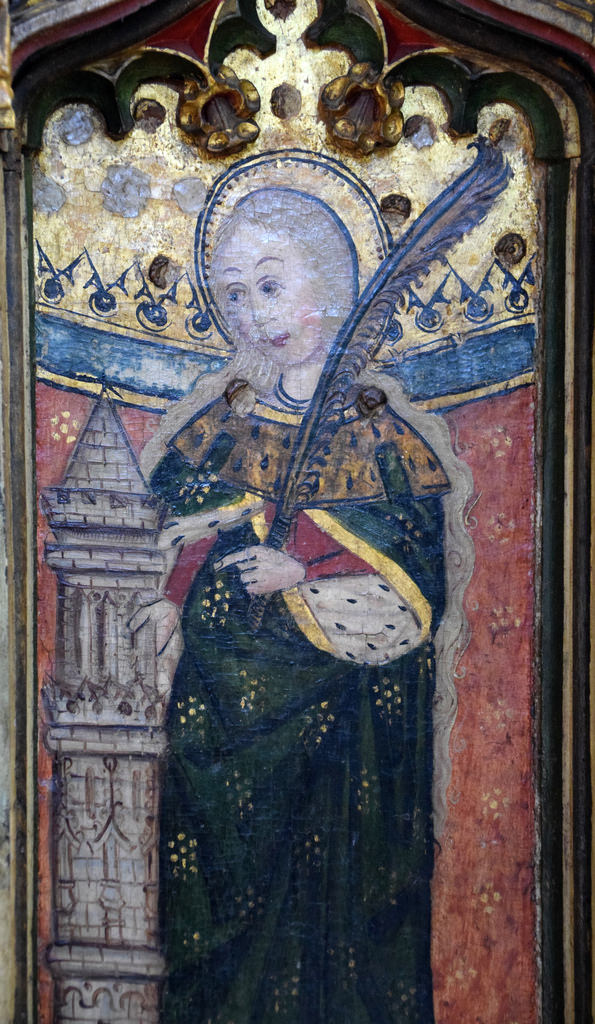
St Jerome and St Mary of Egypt (first half of 16th century)
St. Mary of Egypt was among the most popular saints of the Middle Ages. She is still extremely well-known in the Orthodox Church although she is not as well known anymore among Western Christians. She is considered a model of repentance and commemorated on April 1 (the anniversary of her death) and the 5th Sunday of Lent (in the Orthodox liturgical tradition).
According to her life (written by Sophronius, 7th century patriarch of Jerusalem and available in the Golden Legend), Mary was a sexually active young girl who ran away from home in Egypt when she was 12. Her parents never heard from her again and never knew what befell their daughter. She made her way to Jerusalem, seducing men along the way. She had a conversion experience in Jerusalem and fled into the desert, where she lived as a hermit for several decades. A lone monk discovered her one spring and learned the story of her life. He brought her Holy Communion the next year. When he attempted to meet her a third time, he discovered her body and realized that she had died only hours after he had given her Holy Communion.
She was clearly a headstrong young woman. She used the resources available to her to make her way in the world. Coming from a poor, rural family, that meant her only resource was her body. But her conversion experience made her realize that relying on her sexuality to survive was a dead-end; she wanted more than a collection of sensual experiences and memories to give meaning to her life. So she embraced an extreme form of desert asceticism as a hermit. Just as her sexual behavior was extreme, her asceticism was as well. She was not given to half-measures.
There were many versions of her life available in medieval Europe, a testimony to her popularity. Many of them are still available, in translation. Her image was painted many times as well.

